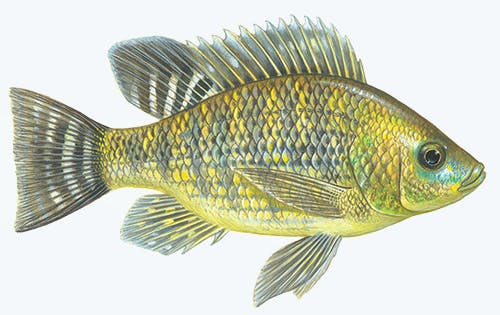All feed formulas developed by Aller Aqua at the Aller Aqua Research Centre follow these requirements to ensure proper growth and health:
Protein Needs:
Juveniles (starter feed): ~35–40% protein
Grow-out stage: 28–32% protein
Adults (maintenance or finishing feed): 25–28% protein
Fat and Energy Needs:
Fat: 5–8%, usually from vegetable oils
Digestible energy: ~3,000–3,200 kcal/kg
Tilapia efficiently convert feed into flesh, making them a cost-effective species to raise.
Essential Nutrients:
Vitamins: A, D, E, C, B-complex for immunity and growth
Minerals: Calcium, phosphorus, magnesium, zinc, iron
Amino acids: Methionine and lysine are often supplemented in plant-based feeds
